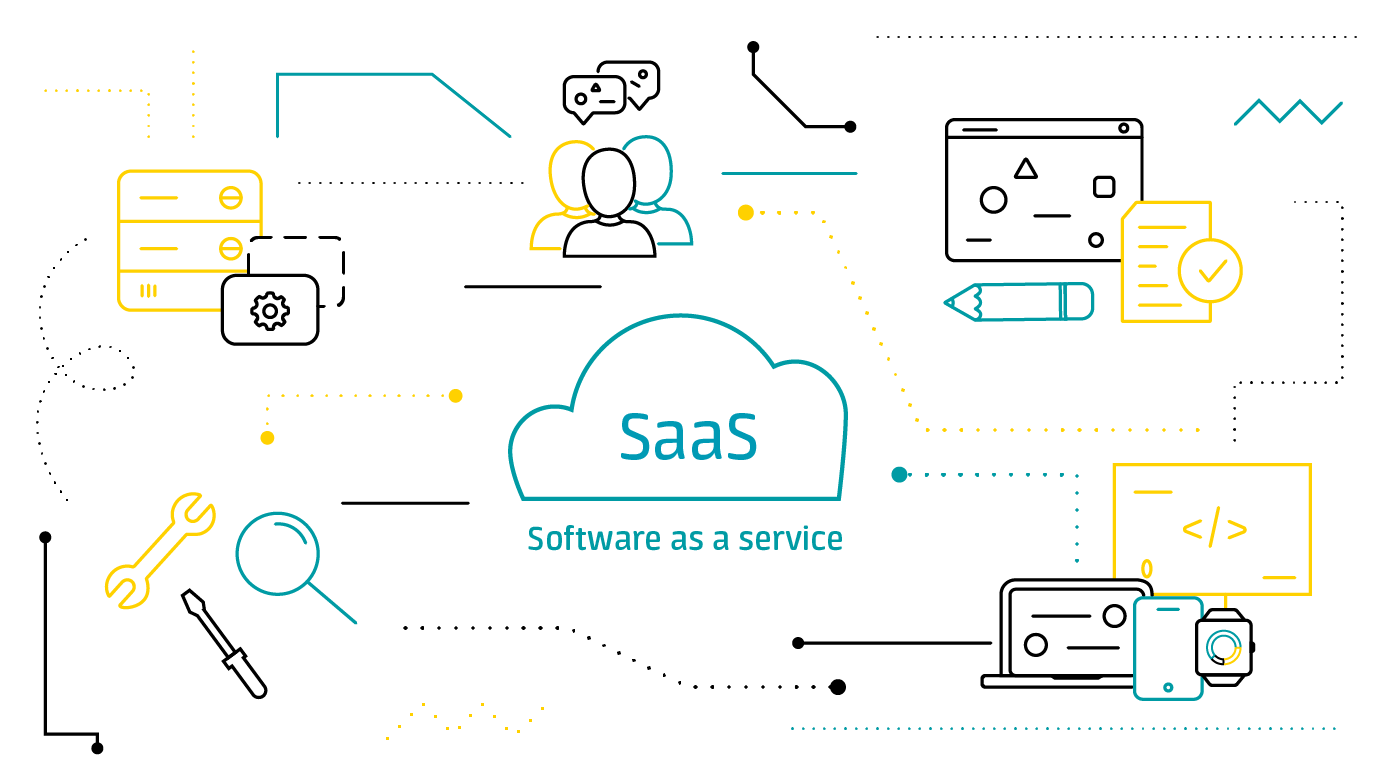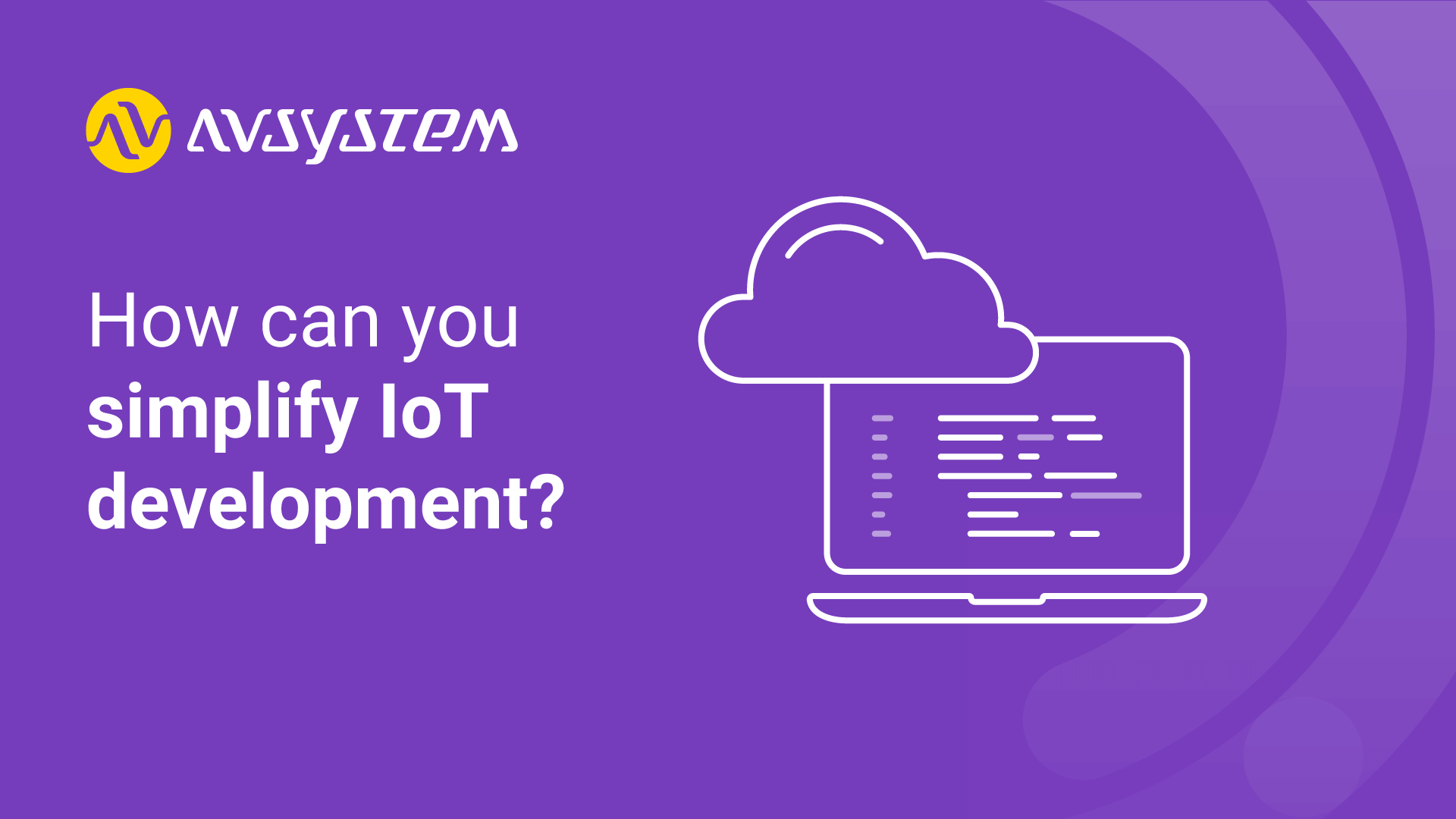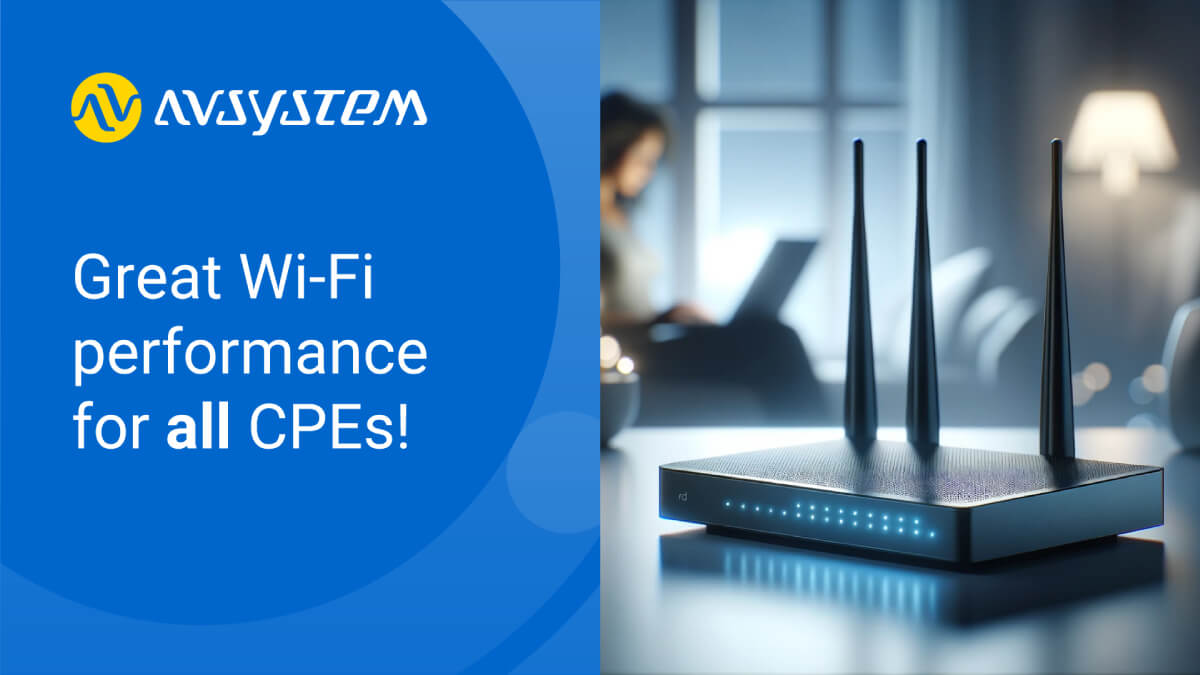Software as a service – SaaS in device management

As the IT landscape changes, enterprises are moving to the cloud to optimize costs, drive operations and leverage scalability. This especially rings true for many companies that tend to shift from on-prem installations towards the SaaS model solutions in order to keep their competitive edge sharper.
The bigger picture
On the surface, the traditional approach to device management looks far more straightforward than its cloud counterpart. Within the on-premises model, physical servers, applications and other elements of system infrastructure are all stored in-house, remaining at the sole disposal of the enterprise stakeholder, which at first sight seems a pretty reasonable business model.
But if we look closer into the matter, we’ll see the catch: what the on-prem business model actually implies is that all the responsibility and costs involved in the installation, configuration, maintenance, system upgrades, server management, handling power delivery tools and a great deal of other minor but not less demanding infrastructural tasks stays on the side of the enterprise itself. Or, worse still, on the side of a random bunch of unpredictable third-party vendors.
On the other hand, with the arrival of new technologies that offer novel ways to remotely manage projects, assets and employees, traditional solutions for the management of devices of the last few decades are losing their appeal, especially in case of the small and medium-scale enterprises. Therefore, companies are increasingly unwilling to take chances and risk their capital in favour of outsourcing their services and transferring responsibility to external actors.

Therefore, seen from a wider perspective, the emergence of the SaaS model has been a natural consequence of a greater shift of individuals and businesses towards the cloud services and remote asset management to empower their operations. And with the rapid growth in popularity that the SaaS model has seen within the last few years, it is crucial to explain what exactly stands behind the concept.
What is Software as a Service (SaaS)?
Software as a Service (SaaS) is a software licensing and delivery model in which the software is made available to the customer over the Internet by a third-party provider. Unlike the on-prem application distribution model, SaaS solutions are hosted in and managed via the cloud, allowing clients to eliminate or reduce their need for onsite hosting and maintenance of application infrastructure like servers and databases.
It is also important to note that the pricing model in SaaS is most often subscription-based, which means that instead of one large upfront payment for getting the physical product, clients are charged a smaller monthly fee for their actual usage of software within the SaaS model.
What is more, any maintenance and troubleshooting issues related to the underlying infrastructure remain the sole responsibility of the Software-as-a-Service provider, leaving the customer with more time and focus on strictly business-related matters. Another vital thing to remember about the SaaS model products is that they are constantly evolving and periodically updated.
Software as a Service (SaaS) Advantages
All in all, these features of the SaaS delivery model can be clearly viewed as advantages over the traditional device management software distribution model so let’s have a closer look at them.

Firstly and most importantly, the web-based software delivery model significantly departs from its on-premises equivalent. By outsourcing most of the responsibility related to the acquisition, provisioning and maintenance of infrastructural hardware, and software installation, licensing and support, companies can avoid the overhead of keeping extensive hardware in-house, and thus, can focus more on their core competencies to help build the project’s business value.
Dedicated for small-scale to medium-sized companies, the AVSystem’s Cloud ACS is a comprehensive cloud-based platform for the remote and hassle-free provisioning, management and monitoring of devices. Offered within the SaaS model, it features all the advantages of cloud-hosted applications while retaining the extensiveness and functionality of the in-house solutions. Also, Cloud ACS can be easily integrated with other device management applications via API.

Rather than investing in the on-premises software and hardware to support it, within a SaaS solution clients subscribe for cloud access to get their enterprises up and running while reducing the upfront expenses to a minimum.
As a SaaS offering, Cloud ACS is available as a multi-tenant, cloud-based service with the pay-as-you-go pricing option to enable the customers to easily jump-start the device management projects without the hassle of high advance fees. This in turn allows businesses to draw up more predictable budgeting and exercise more control over their software-related expenses.

Another great thing about the SaaS cloud services is that it gives customers on-demand access to more or fewer services or features depending on their current needs. The flexibility provided by the Cloud ACS platform gives the providers freedom in scaling their fleets of devices up or down.
Secondly, there is the issue of security. For applications hosted in the company’s own systems, any security-crucial updates or patches are rolled out manually and depend on the capabilities and timeliness of internal IT departments which can often prove to be deficient. Within the Cloud ACS SaaS model, maintenance and updates are performed automatically to nip security risks in the bud and get the burden off the backs of the in-company IT staff.

With Cloud ACS, all the user needs to work with the software is a web browser and an internet connection, which means that it can be accessed anytime and from any place using practically any computer or device. Therefore, the arrival of the SaaS model has made it possible for remote workers to be as productive outside the office as they would be if they worked on-site.
Summary
As the SaaS delivery model is gaining ground within the industry, more and more businesses are positively impacted by its benefits. While it’s still hard to tell what the future holds for the sector, the sheer number of advantages that the SaaS model solutions have over traditional software packages, including cost-effectiveness, low upkeep, ease of access and flexibility, entitles to claim that the SaaS model is the new black in device management software.
Recommended posts
- Understanding CPE Requirements for Optimizing Smart Wi-Fi Performance
- How can you effectively tackle the challenges of IoT development?
- Why choose open standards for WiFi service assurance?
Subscribe to stay in the loop with all our latest content:
Recommended posts



